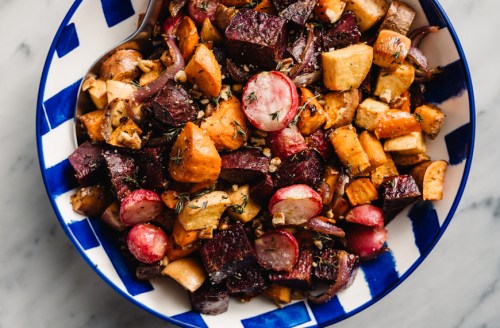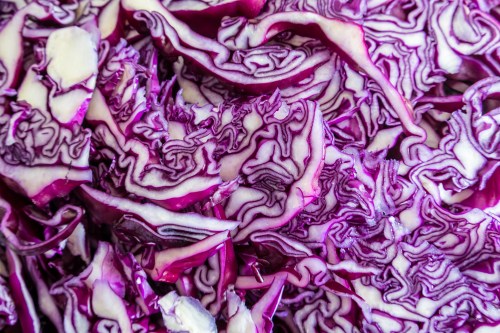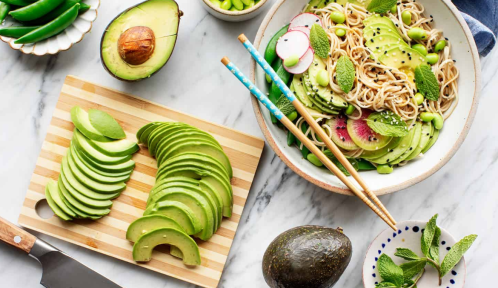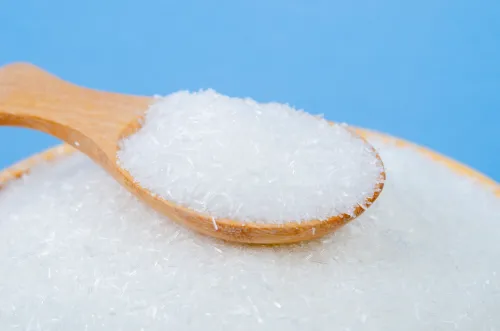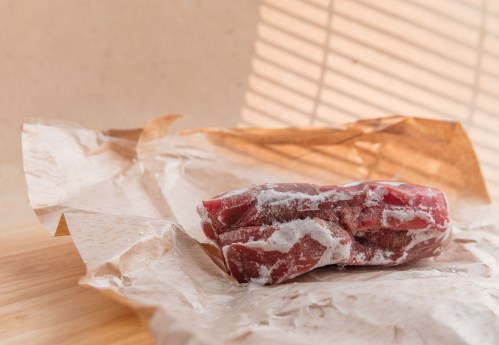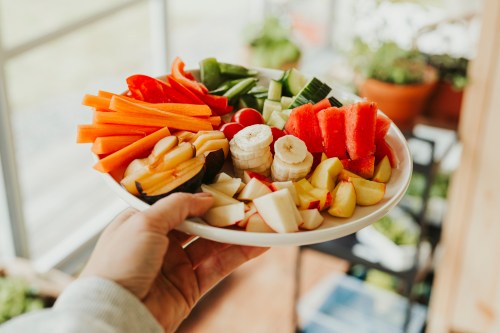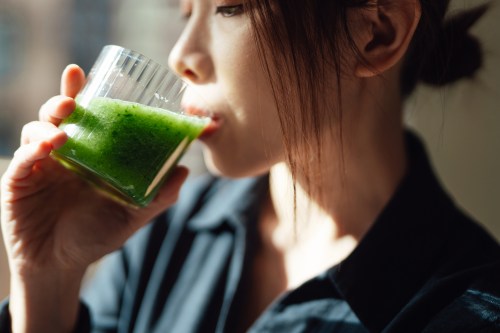Yes, eating vegetables can be delicious (and easy). Here’s how.
One of the great things about vegetables is their versatility. From sautéed veggies to more creative cooking methods (zoodles, anyone?), there are countless ways to get your daily dose of greens. But according to celebrity chef Sam Kass, the best way to eat your vegetables is to roast them (our favorite way to cook beets).
“For me, roasting is one of the best ways to prepare vegetables,” he says in the latest episode of Well+Good’s new show Cook With Us. “It brings out so much flavor, and it’s super simple—you just throw them on a sheet tray and throw them in the oven.”
But how to get that perfect, Goldilocks-like balance of tenderness and crunch…without setting your kitchen on fire? Never fear. Kass, who previously served as President Obama’s White House Chef and Senior Policy Advisor for Nutrition (NBD…), offers a few tricks on exactly how to roast vegetables to perfection every single time.
In general, he recommends getting your oven as hot as it can get and letting them bake for about 20 minutes. (Note: This might vary depending on your oven make.) Toss your vegetables beforehand in your favorite oil (such as avocado or olive), add some of your favorite seasonings or spice mixes, spread them out on a sheet pan, and you’re good to go.
The second trick to getting a rich, deep roast might surprise you: “I often broil my vegetables,” Kass says. “Turn the oven on, get it really hot, and then turn the broiler on and throw them in.”
These roasting techniques, Kass says, work for practically any vegetable. “There’s no right or wrong,” he says. The only wrong thing would be to skip topping your roasted vegetables with Kass’s signature turmeric dressing. Watch the full video here for the complete recipe and see for yourself just how easy his meal is to make on your own.
Want more cooking tips? Here’s the surprising way a celebrity chef cuts down on cook time during the week (no, it’s not carry out.) Or, level up your cooking game with the five basic skills every home chef should master.
Sign Up for Our Daily Newsletter
Get all the latest in wellness, trends, food, fitness, beauty, and more delivered right to your inbox.
Got it, you've been added to our email list.
